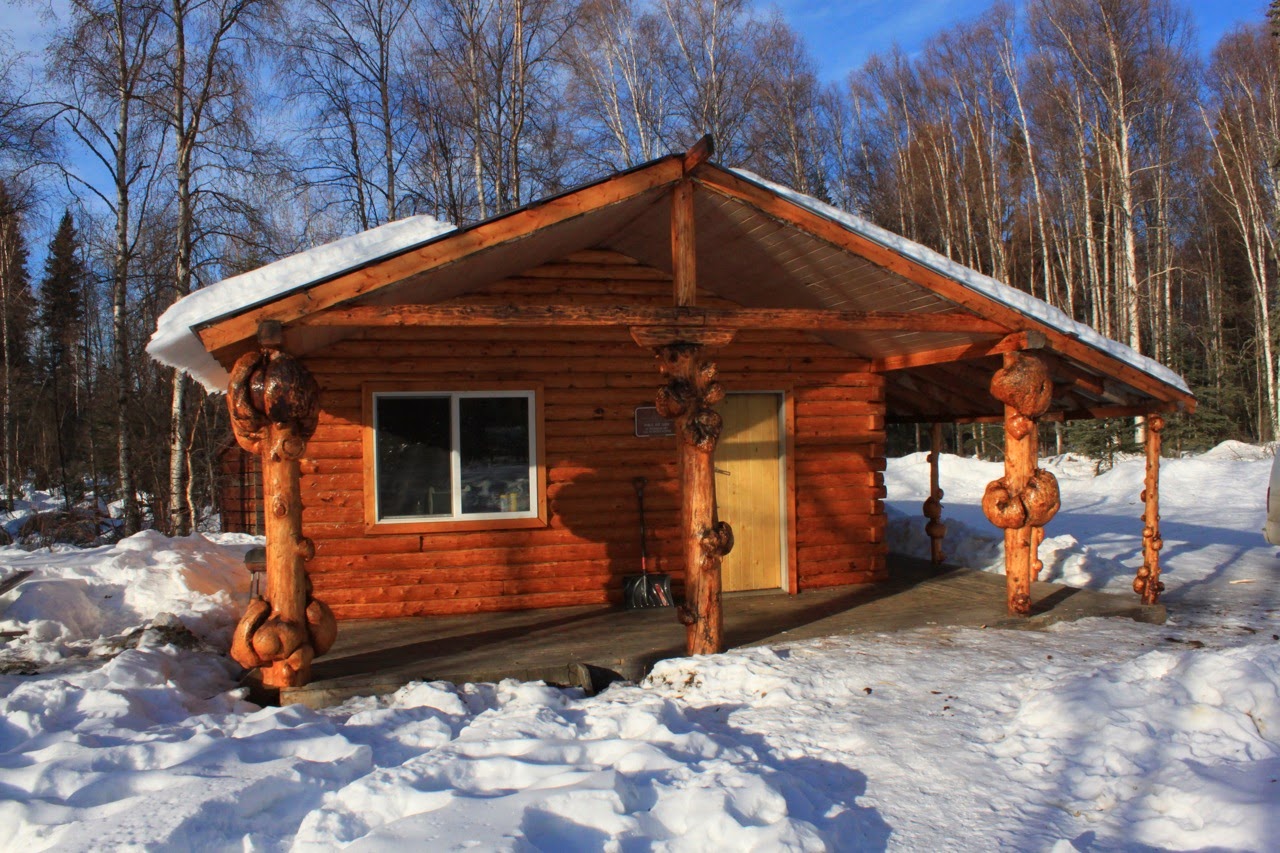One of the things that makes Alaska unique is the vast
amount of the state without any road system. Whereas Kansas has over 140,000
miles of public roads, Alaska has less than 16,000 miles. The difference is
even more drastic considered that Alaska is over eight time as large as Kansas.
The point is, there is a lot more to Alaska than one can see from the seat of a
car. I recently got a chance to see one part of that Alaska – wild, sweeping,
and remote.
The story begins a month ago as I was getting ready to fly
to Unalakleet, a small city on the western coast of Alaska. I was to be out on
the Iditarod Trail with another BLM employee during the Iditarod – checking in
on BLM public use cabins along the trail and performing other duties related to
the race. It was a disappointment, then, when the trip was cancelled due to
unnaturally warm temperatures and lack of snow. Our snowmachines would be of
less use than four-wheelers, as much of the snow was completely gone along the
trail. Last week however, I was given another chance to experience a part of
Alaska beyond the Anchorage area. The same BLM employee I was to go out with on
the Iditarod trail needed to do a “post-event inspection” of one of the
Iditarod checkpoints, to make sure everything at the cabin and surrounding site
was in order after all the mushers went through. The checkpoint happened to be
Rohn Cabin, located in the Alaska Range and home to some of the best scenery
along the Iditarod route. As it turned out, there was an extra seat on the airplane heading out to the
cabin and so I was able to catch a ride, and also serve as the “official
photographer” (a more ceremonial title than anything, though I did document the
inspection of the site). Just under 140 miles northwest of Anchorage, the flight
in the single-propeller airplane took an hour and fifteen minutes.
 |
 |
| the plane we flew in with |
Of course,
it felt much shorter as the snow-capped mountains and clear blue sky captivated
me and the other three souls on board.
 |
| Interesting to see some of the cuts that have been made through the land. |
 |
| Mount Foraker, left, and Mount Denali, right as seen from about 70 miles away. |
Mounts Foraker and Denali respectively again on the horizon
We were on the ground for only an hour and a half – and that
included lunch. We inspected the cabin, to make sure everything was clean and
in order. Another thing we checked was the pile of straw that had been used for
dog bedding – it all needs to be burned or airlifted out.
 |
| Rohn Cabin, a BLM public shelter cabin and checkpoint on the Iditarod trail |
 |
| My fellow BLMer checking the straw that will need to be taken care of to avoid spreading invasive species. |
 |
| on the ground at Rohn |
After our short time on the ground, we all loaded back up in
the plane and headed back to Anchorage. It was a little surreal, being whisked
out into the middle of a huge wilderness, and then back to civilization in a
matter of hours. In any case, it was quite an experience – and a great way to
see a part of Alaska I never would have been able to see otherwise.
Thanks for reading my blog and keep on enjoying your extra
minutes of daylight!































